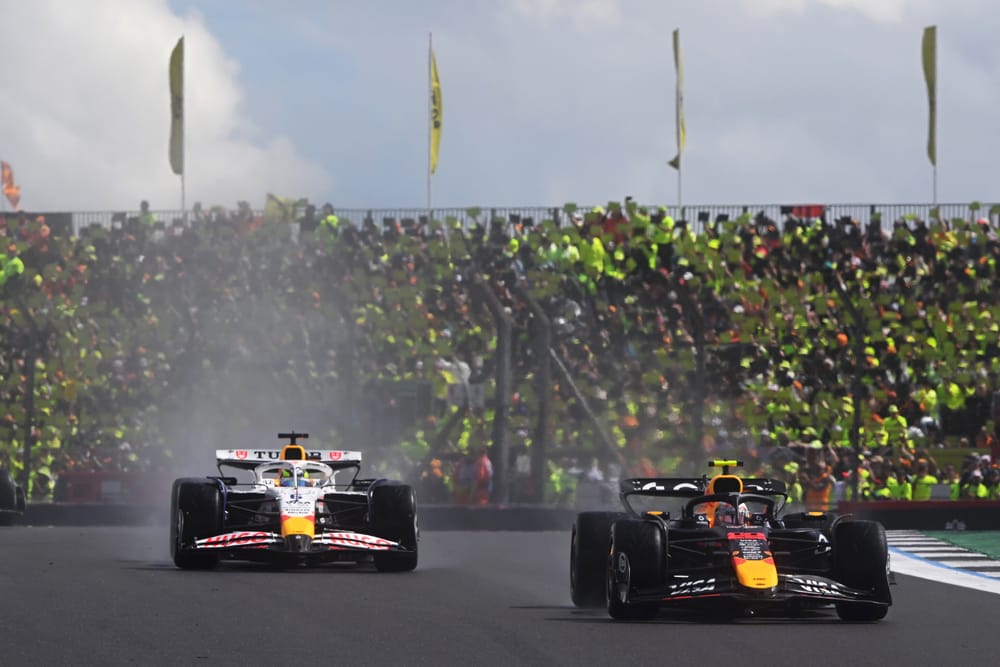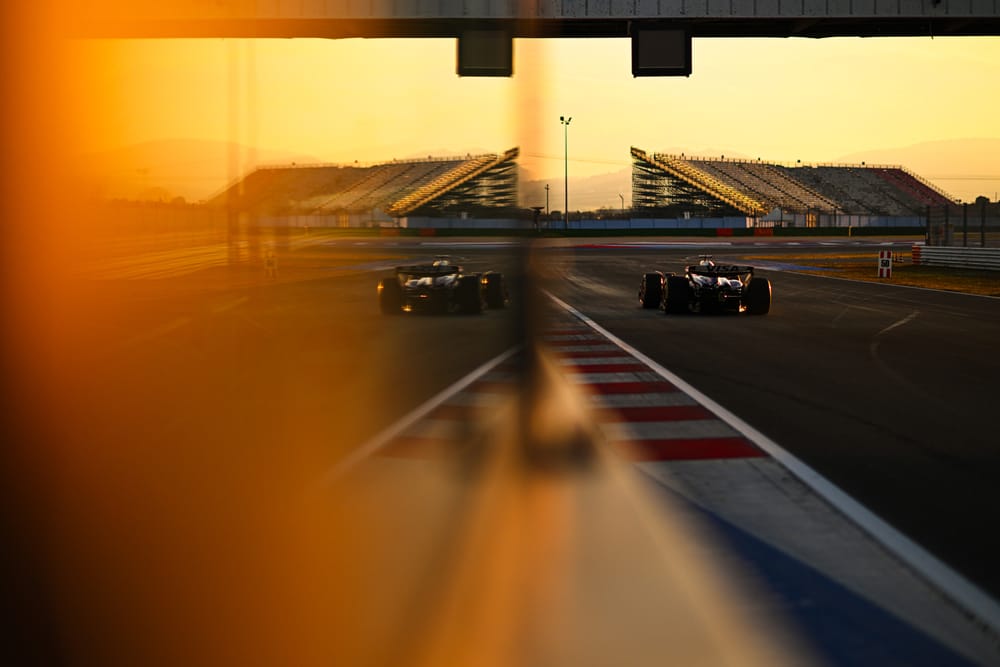The FIA is working on Formula 1 rule tweaks for 2026 aimed at segregating A/B-teams more in a bid to prevent squads benefitting by working together, The Race can reveal.
The issue of competitors gaining from being in an alliance with a rival, or even being co-owned, has flared up many times over the years.
Most recently, McLaren CEO Zak Brown suggested that F1 needed to change its regulations to stop anyone having an advantage through cooperation.
While Brown was always sure that co-ownership arrangements like Red Bull has with Racing Bulls complied with the current rules, he felt that perhaps the regulation itself was not fit for purpose.
Speaking last year, Brown said: "No other sport to my knowledge allows co-ownership of two teams that compete against each other.
"So I think the sport, as we're now in the budget cap era, has moved on to where we're trying to have 10 independent teams from a sporting, from a political, from a technical point of view.
"I think they [Red Bull] are very much playing by the rules. I have an issue with the rules - and believe the FIA needs to address this."
He added: "I think we're going to find, if the intent of the cap in all sports is to have an equal playing field, then the way the rules are currently written aren't the same for everyone, and you have pockets of teams.
"Also the A/B-team situation doesn't have that level playing field. So I think we now need to address it and the FIA needs to address it through the rules."
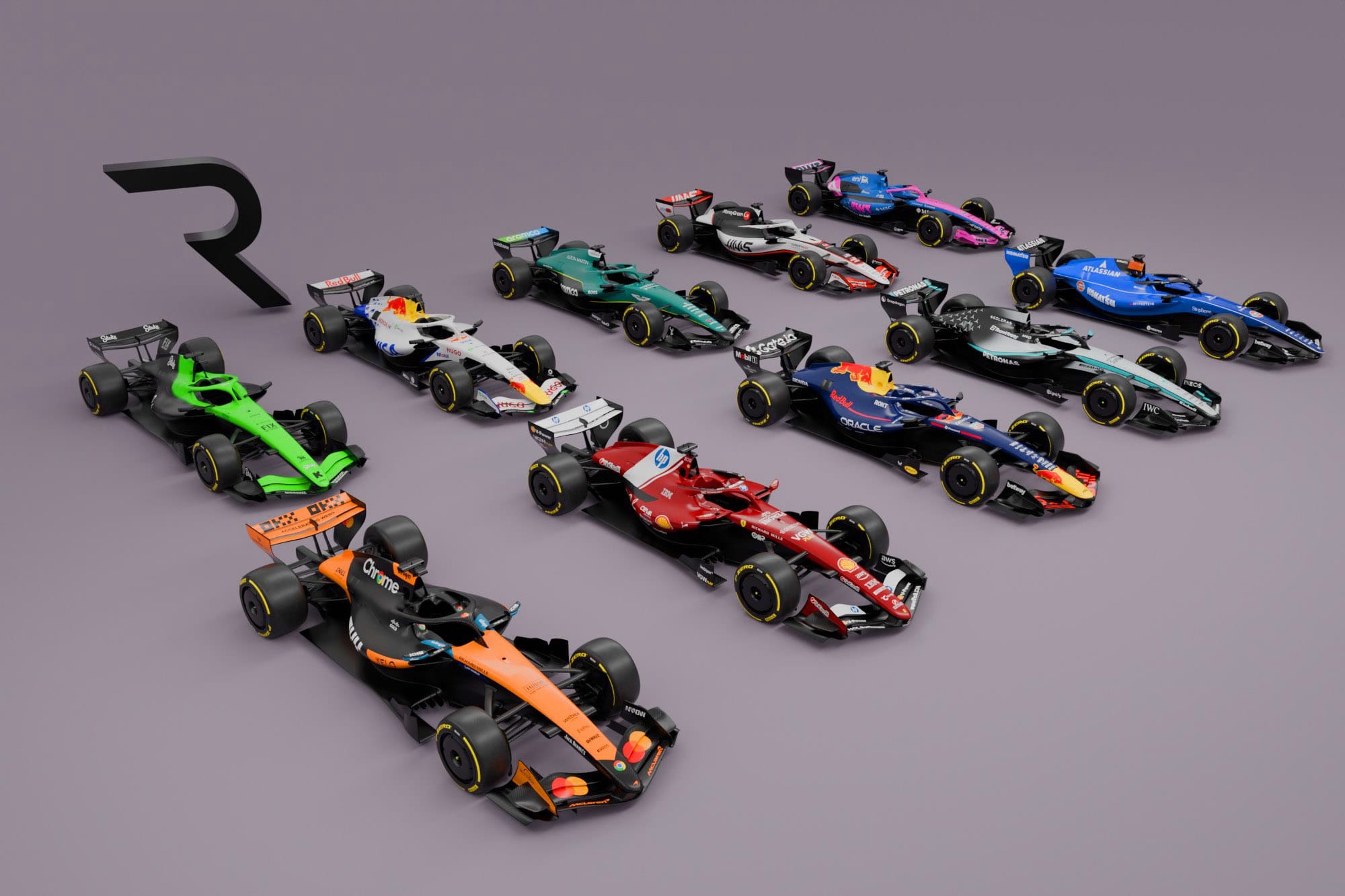
With F1 revamping the way the rulebook is made up for 2026, with operational regulations now having their own section that is separate to the FIA sporting regulations, an opportunity has arisen to rethink some key matters.
The Race has learned that part of the restructuring of the rulebook will include extra provision in F1's operational regulations, known as Section F, to get stricter in terms of how much teams can form alliances.
The FIA's single-seater director Nikolas Tombazis told The Race: "We are working on clarifying more how teams, let's call them A- and B-teams, operate in terms of putting in provisions that stops those that have some sort of close relationship from helping each other or collaborating.
"We are putting some provisions on the IT side, to make sure that IT systems are segregated, so they cannot share designs, or anything like that. And there will also be physical segregation and what details of what provisions need to be respected."
While there are regulations that already restrict the passing of IP between teams and lay down limits in terms of the movement of personnel without gardening leave being served, Tombazis felt that more can be done to ensure everyone is operating on a level playing field.
"There's already a lot of provisions, but it is a very complicated set of conditions that teams need to satisfy," he said.
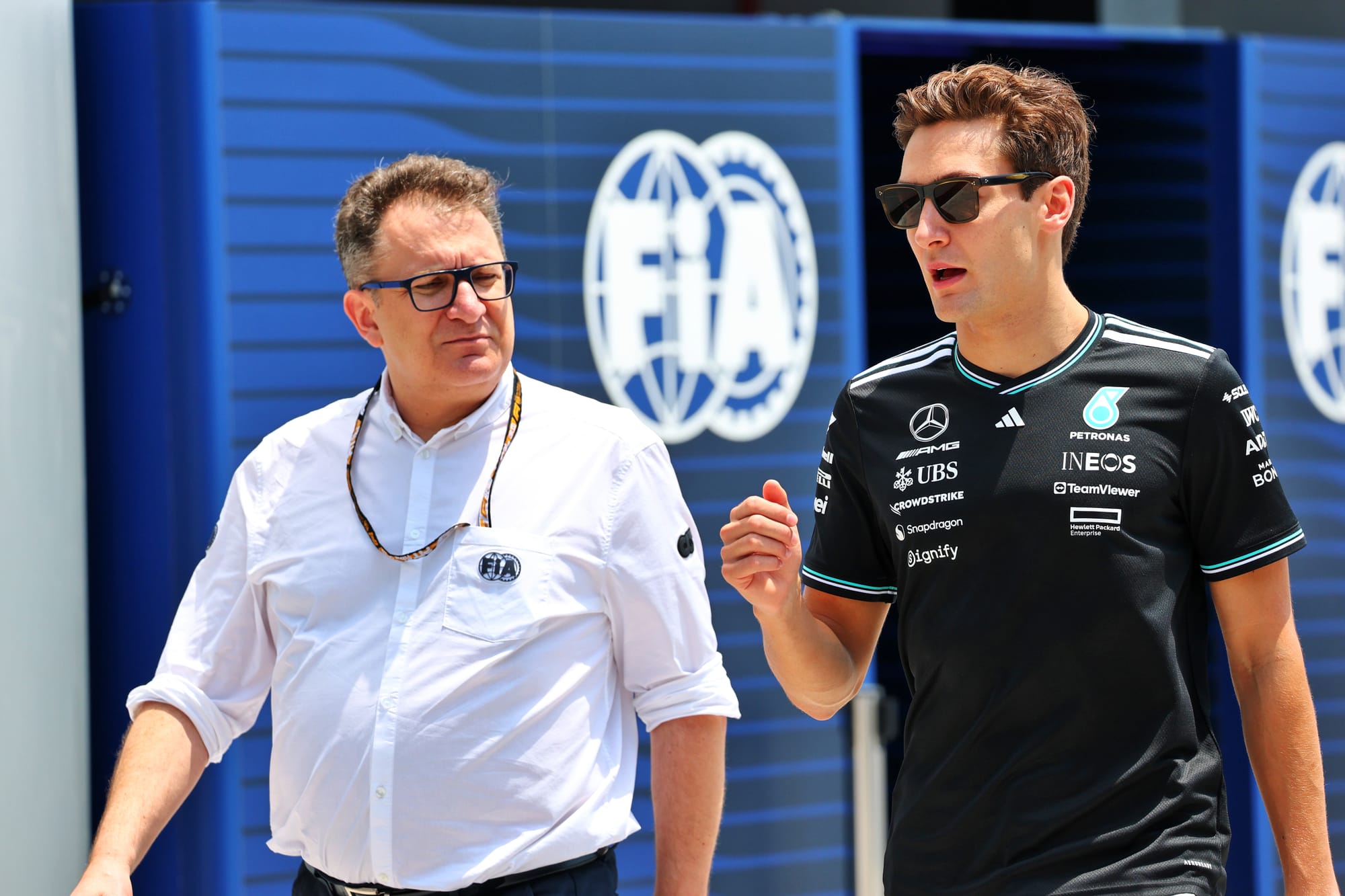
"Through the years we've got involved at various times with various situations emerging, and we've frequently had to give clarifications or responses.
"We're trying to formalise some of these things into some regulatory structure, so teams can't play different games.
"We also want to satisfy the teams that don't have any affiliation, that the key teams that do have a relationship of some sort do not gain an unfair advantage."
Tombazis said that the ultimate aim was to allow relationships between teams, because there were financial benefits for smaller squads in doing so, but also making sure that this did not then deliver a gain on track.
"The objective out of all of this has been to make it possible to adopt different business models, such as that with Haas [and Ferrari]," he added.
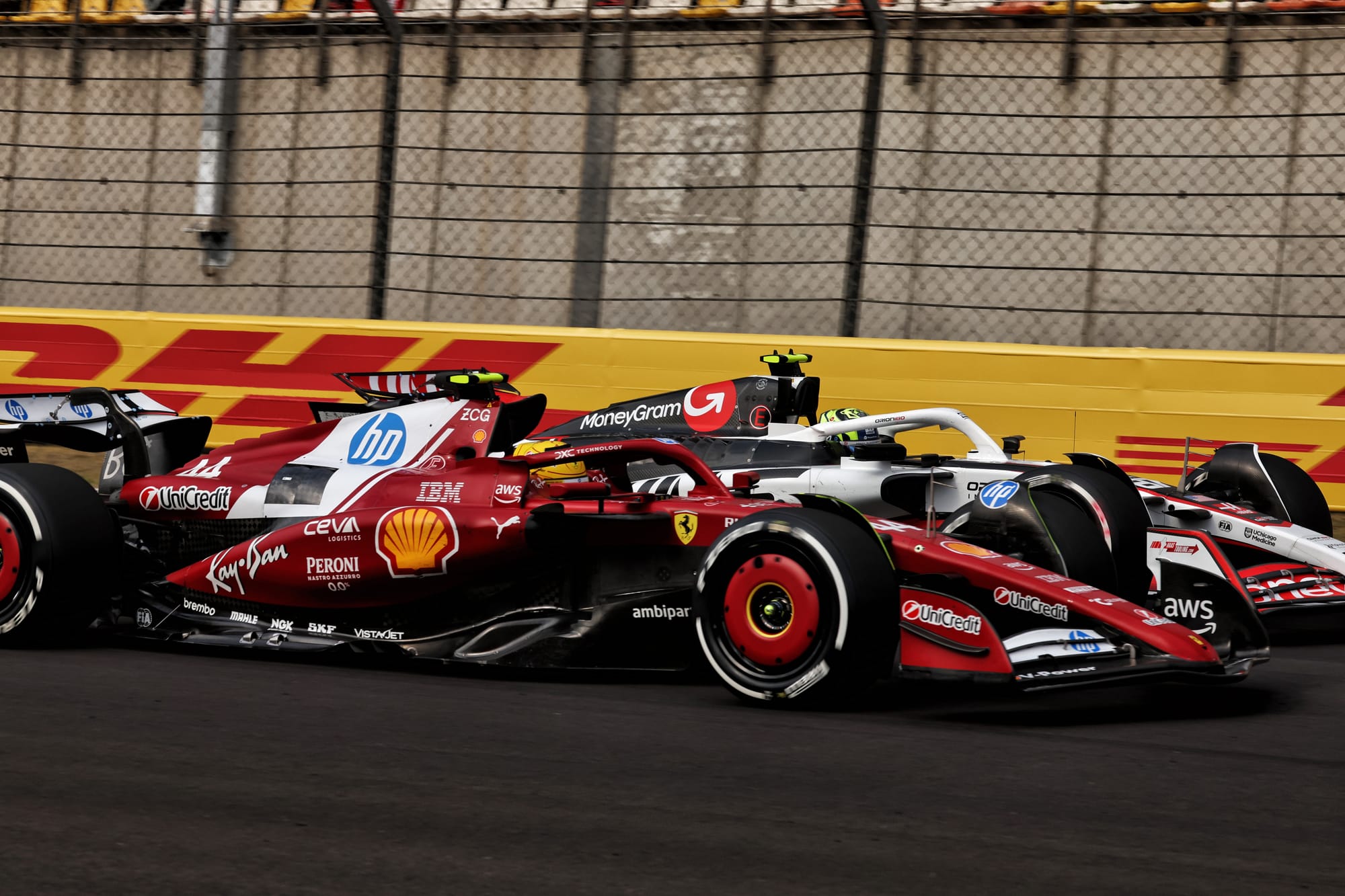
"This makes it possible to make commercial gains and savings and to have a better financial model, but not to give any performance incentive for this to happen.
"If a team is more standalone, and the team has some commercial relationships, we don't want that to dictate what happens on the track."
Rulebook shake-up
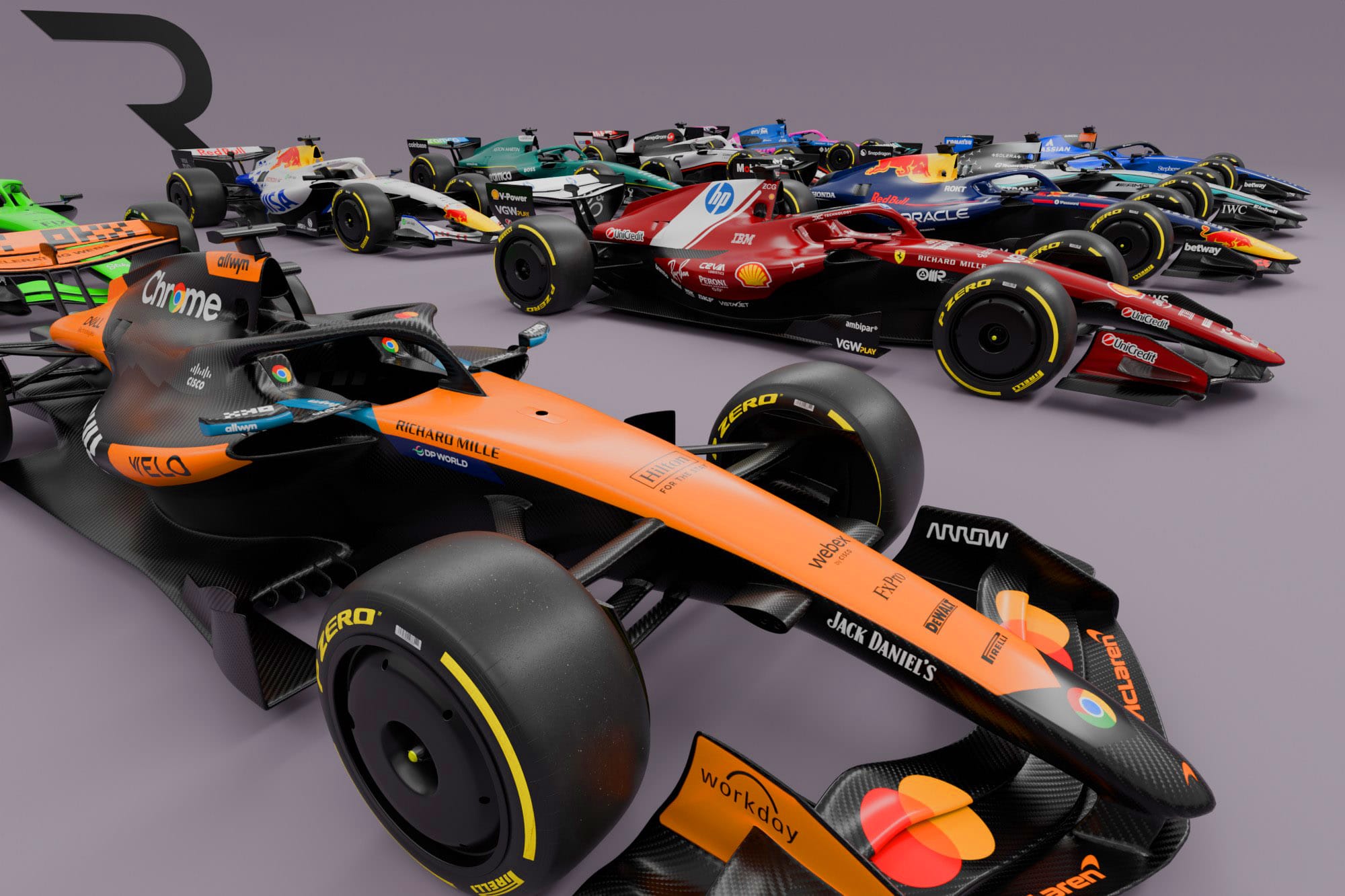
The new rules regarding A/B-team relationships will be put into Section F of the revamped F1 regulations structure, which is being split into six distinct sections.
Four of these have currently been published on the FIA website. They are sporting (Section B), technical (Section C), financial (Section D), and operational (Section F).
Beyond those, Section A that will cover a range of areas that sit outside the specifics of the above. This will be known as general regulatory provisions.
Tombazis said: "Section A is basically the umbrella regulations which relates to issues like defining all the disciplinary processes, all the stewards, cost cap adjudication panels, championship points and so on.
"The sporting regulations are much more sporting, meaning they relate to what happens at the track: track limits, pitstops, red flags, what have you.
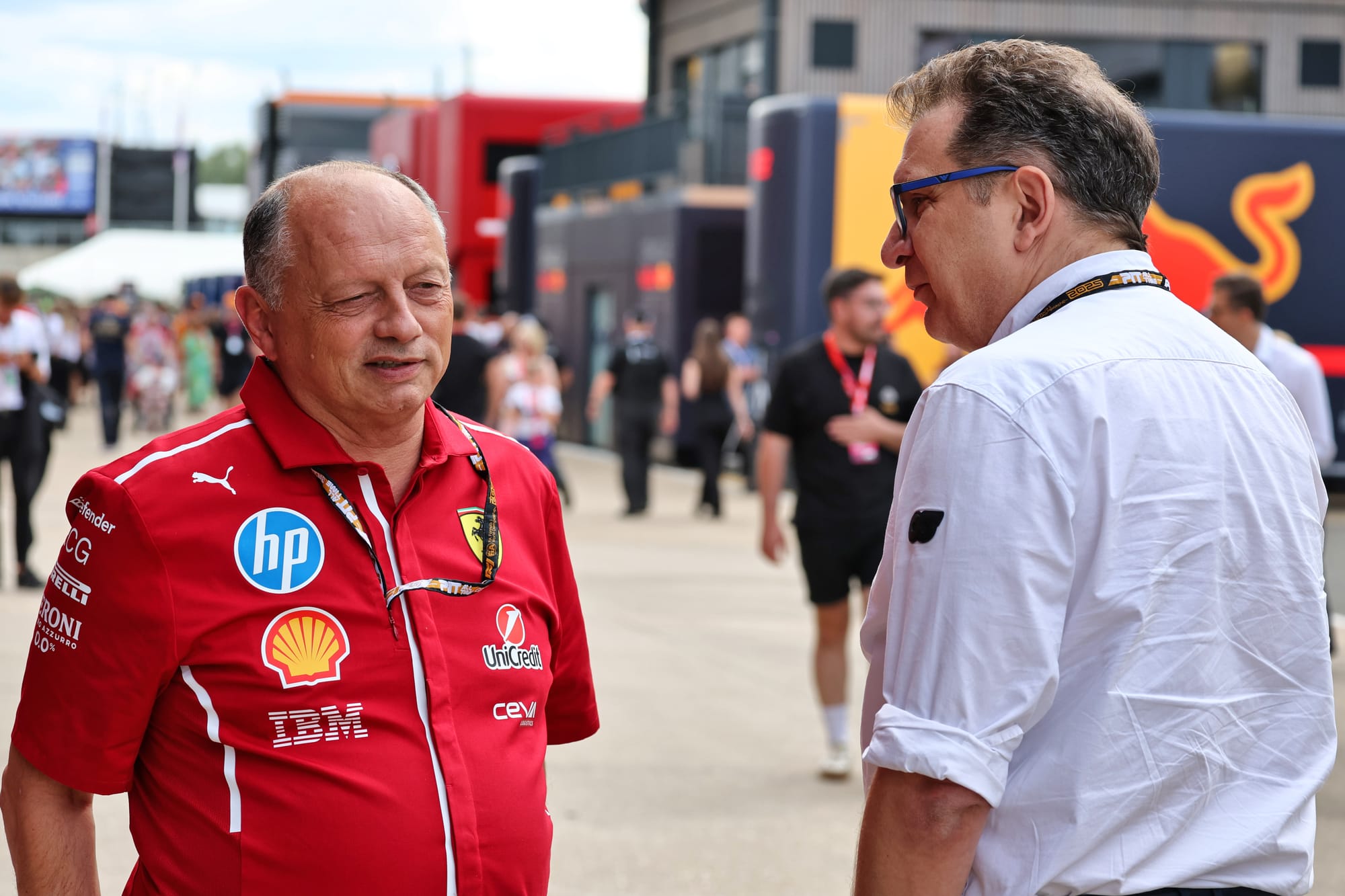
"And they are not anymore going to be dealing with windtunnel restrictions, which arguably are not sporting matters. They are operational matters. Nor will they deal with stewards and appeals and so on.
"So those will be in the umbrella section at the start, which is currently at an advanced stage of drafting and should be in the public domain quite soon."
Beyond that, the FIA is also drafting revised engine financial regulations, which will help them be more uniform with the contemporary rules that govern the team cost cap. This will form Section E of the new rulebook.
All six sections in 2026 FIA rules
Section A [general regulatory provisions]
Section B [ sporting]
Section C [ technical]
Section D [financial regulations - F1 teams]
Section E [financial regulations - power unit manufacturers]
Section F [operational]


